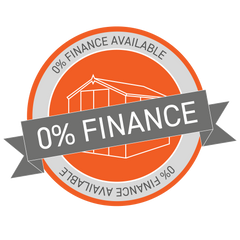Your garden shed is a target for criminals. Separated from the rest of the house, and potentially containing valuable tools and equipment, it promises lucrative spoils at minimal risk of getting caught.
To help you protect your shed from thieves, our guide to shed security gives you the low down on securing the roof and windows, choosing the right doors and locks, protecting your shed's contents, installing an alarm, and checking your insurance.
Shed security - at a glance
- Make your garden unattractive to thieves
- Secure the roof and windows
- Choose the right doors and locks
- Secure your shed contents
- Add security lights
- Attach a security camera
- Install a burglar alarm
- Invest in a security shed
- Make sure you’re insured
1: Make your garden unattractive for thieves
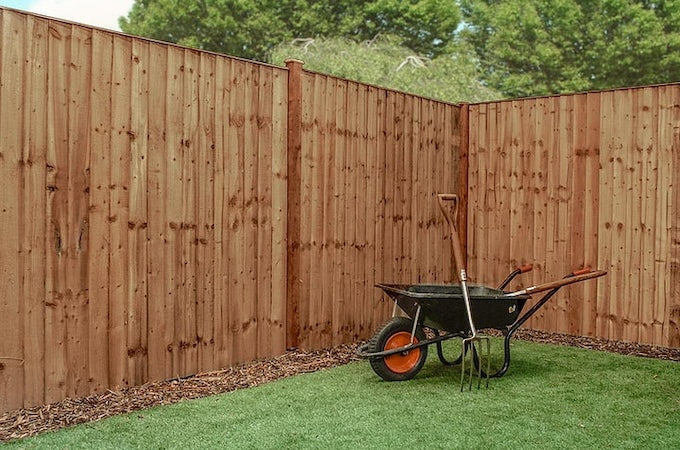
Image: Waltons 6 x 6 Pressure Treated Feather Edge Flat Top Fence Panel
Most thieves are opportunists, so hiding your valuables from view should be your top priority. If a criminal can’t see your shed from the path or road, there’s no reason to suppose that you have one, and no reason to come looking for the treasures it contains.
Consider growing tall hedges and putting up high fence panels to shield your garden from view, but do avoid taking measures like cementing glass or barbed wire to the tops of walls and fences. You might find yourself in hot water should a thief injure him or herself breaking into your garden.
Minimise the number of garden entrances and install heavy lockable gates that robbers can’t see through. If getting into your garden poses a challenge, many thieves won’t bother trying.
2: Secure the roof and windows
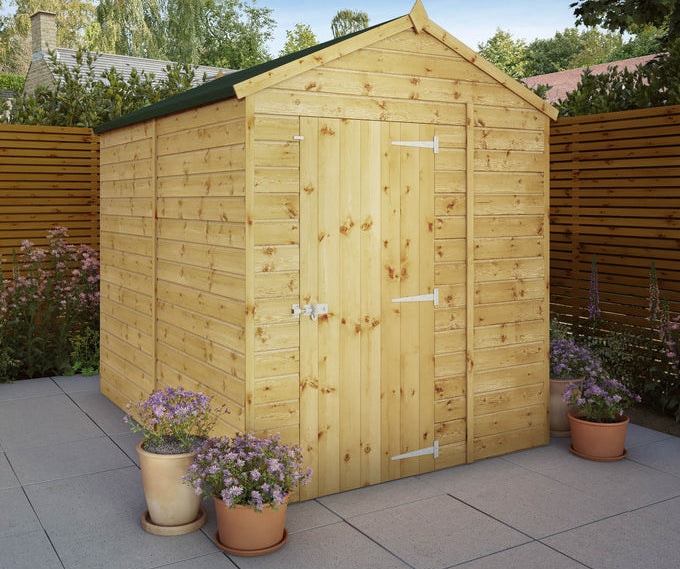
Image: 8 x 6 Shiplap Apex Windowless Wooden Shed
One of the most common ways that thieves break into sheds is by popping the roof off. Make sure yours is well secured by screwing or bolting it to the frame at regular intervals, before moving on to protecting your windows.
Hide your shed contents by putting up blinds or curtains, and pack tools and other items away in boxes, cupboards or drawers when not in use. Better still, choose a windowless shed that keeps the contents hidden from prying eyes. The less there is to see, the safer your stuff is.
If you need a natural light source, make window panes less vulnerable to attack while you’re away from home by fitting security shutters made from wood or metal, and securing them with a good padlock.
Single-glazed glass windows are vulnerable because criminals can easily break them to gain access to your shed. Instead, consider alternatives like double glazing, shatter-proof Styrene panes, or laminated glass which won’t break when hit with a hammer. Smaller windows will also make it easier to hide your valuables and harder for criminals to gain access.
3: Choose the right doors and locks
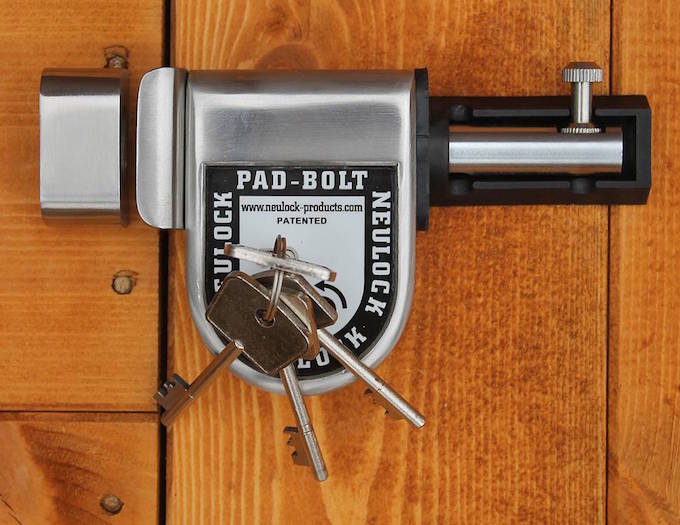
Image: Waltons
A standard shed door won’t keep out determined intruders. To thoroughly secure your shed, you’re going to need something more substantial like a fully framed door which offers you the opportunity to fit mortice or yale-style locks.
Hasp and staple fastenings and pad bolts are less secure but you can improve their efficacy by securing lock plates with round-head coach bolts, which are far harder to remove than screws, and by fixing a metal plate to the back of the door to prevent criminals cutting out the lock.
Also pay attention to external hinges which you should also secure with coach bolts – it doesn’t matter how good your lock is if thieves can unscrew your hinges and gain entry that way.
If you’re using padlocks, it pays to get the best you can find. High security insurance approved versions cost from £30 to £160.
4: Secure your shed contents

Image: Shutterstock
Lockable drawers, cupboards and cabinets offer a final line of defence against burglars. Keeping your stuff locked away in hard-to-manoeuvre storage units is a must, and will protect your tools from all but the most determined of thieves.
Think about bolting larger, free-standing tools like drill presses to the floor, and lock bikes and lawnmowers to ring bolts attached to the floor or walls.
Consider security coding expensive tools with microdots, or even chemical DNA, which is almost impossible to remove. Make sure thieves know you’ve used data tagging by displaying stickers in prominent places.
5: Add security lights
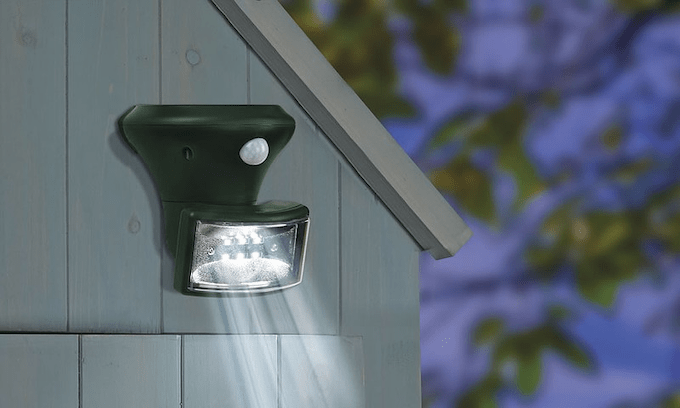
Image: Waltons
Frighten off would-be burglars by lighting them up. Handy for you when you’re negotiating the path to your shed in the dark, motion sensitive security lights make life harder for criminals by illuminating what they’d prefer to be clandestine activity, namely nicking your stuff.
Either connect your lights to mains power, or if you don’t have a 240V supply to the end of your garden, solar powered security lights are a great option.
6: Attach a security camera
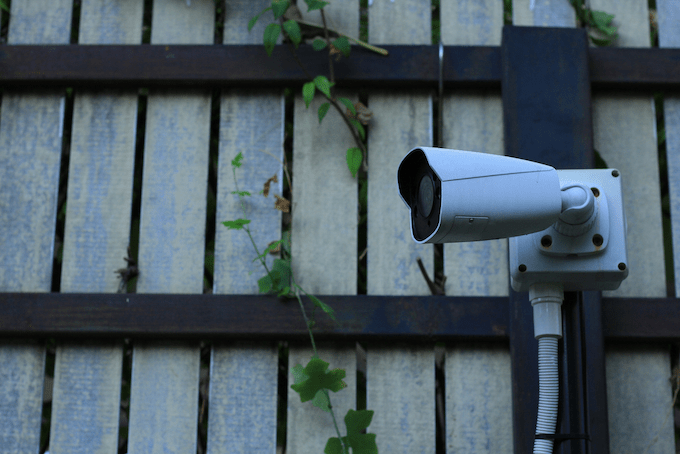
Image: Shutterstock
Even a dummy camera outside your shed can help to deter criminals, but you can pick up security camera systems that will record video to an internal storage chip, and stream directly to your computer or smartphone.
These do require mains power, but can be motion-triggered to give you peace of mind. You can even check in and get a view of your garden from your poolside holiday!
7: Install a burglar alarm
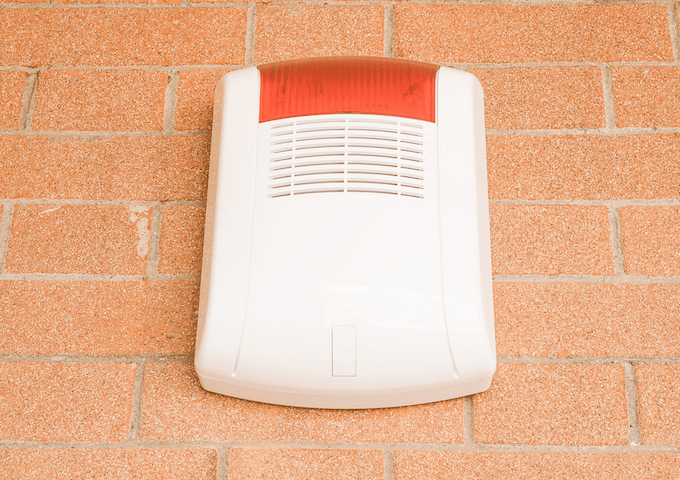
Image: Shutterstock
While it’s possible to wire your shed to your home alarm system, it’s not strictly necessary. A basic motion sensitive, battery powered alarm which belts out 120 decibels – loud as a big thunderclap – when triggered, will only set you back about £25.
More sophisticated alarm systems obviously cost more, but it’s perfectly possible to arm your shed without breaking the bank.
8: Invest in a security shed
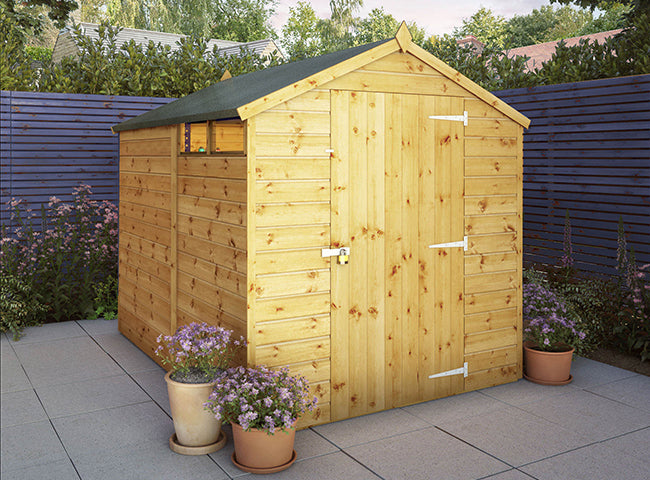
Image: Waltons 8 x 6 Security Shiplap Apex Wooden Shed
However, if you're really concerned about storing your valuables safely, it may be wise to invest in a shed that's been designed exclusively with security in mind.
The Waltons 8 x 6 Security Shiplap Apex Wooden Shed has been designed with reduced sized, styrene glazed windows that have been placed at a high level - perfect for keeping your possessions out of sight. Supplied with tamper-proof pad bolt, Unifix anti-vandal screws and heavy duty roofing & floor, you can rest easy with the knowledge your belongings are safe & secure across the seasons.
9: Make sure you’re insured
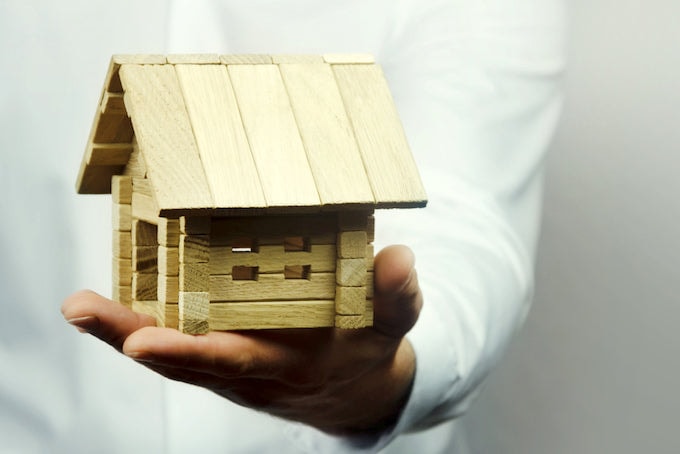
Image: Shutterstock
Plan for the worst by protecting yourself from the cost of replacing valuable items. Check the small print of your home buildings insurance policy. While the fabric of the building might be covered for fire or storm damage, it’s quite possible that the contents of your shed are not covered for accidental damage or theft.
If you use your shed as a home office, you need to take out separate insurance to cover any buildings and equipment owned by the business. In any event, it's important to make sure you have comprehensive shed insurance.
No garden building is 100% secure, but at least you can ensure it’s adequately protected. In the end, the best advice is not to leave anything in your shed that you can’t afford to lose. Perhaps it’s time to move your Faberge eggs back into the house…


